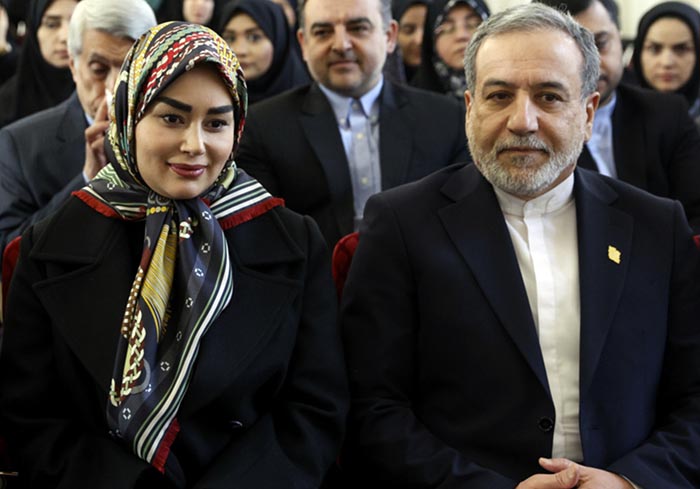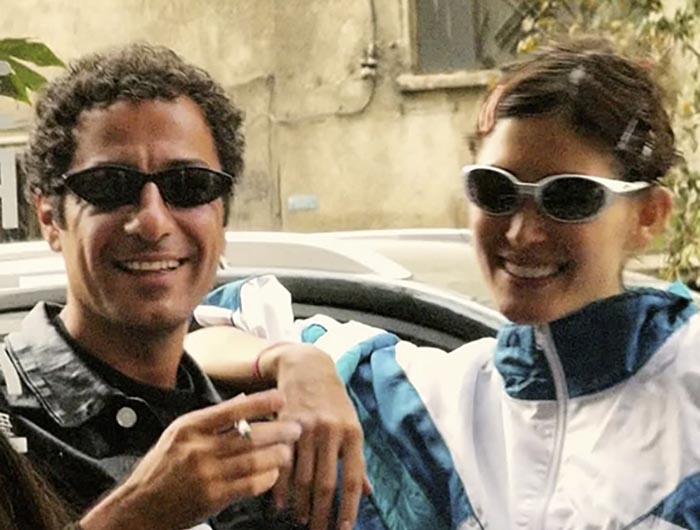Tribute to Shahrokh Shahid: Mahroo’s Musical Journey and Legacy
The head should be level, not in front of the torso. The legs should be shoulder width apart with the knees unlocked. The weight should be slightly forward over the balls of the feet and the spine should feel stretched long. The neck should be loose and the upper chest should remain lifted and open at all times, but not rise during inhalation. A good singer should practice for 30 to 45 minutes at least five times a week. The best way to avoid abusing your voice is to get some singing lessons with a qualified teacher who has a track record of success and solid knowledge of vocal function and health. The teacher should sound good when he or she sings.
The echoes of “Legacy” extend to Sara’s story, illustrating that the impact of music is not confined by borders or limited to a specific genre. As a singer navigating the multicultural landscape of California, she contributes to the mosaic of Persian artistic expression while embracing the diverse influences of her surroundings.
The concept of “Legacy” takes on new dimensions as Sara, like Shahrokh and Mahroo, becomes part of the ever-evolving narrative of Persian music. It highlights the resilience of a community dispersed across the globe, each artist adding their brushstroke to the canvas of cultural heritage.
As we continue to unravel the threads of musical legacies, Sara Mahrou Nima’s presence emphasizes the multifaceted nature of artistic contributions. Her story becomes a testament to the enduring spirit of Persian music, demonstrating that the legacy of Shahrokh Shahid expands beyond his own journey, reaching into the lives and voices of those who share the cultural tapestry.
December 30, 2021 | 6:35 pm




